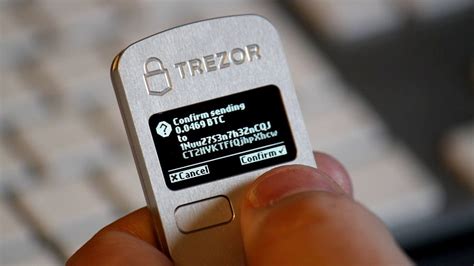How to Find Out Your Ethereum Wallet Creation Address – A Step-by-Step Guide
If you’ve ever lost track of your Ethereum wallet creation address or aren’t sure where it came from, you’re not alone. In this article, we’ll walk you through the process of finding out where you created your Bitcoin and Ethereum wallets.
How to Understand Your Wallet Creation Address
Your wallet creation address is a unique string of characters that serves as a digital identity for your cryptocurrency. It’s essential to keep track of it, especially if you’ve lost or misplaced your physical paper wallet. A typical Ethereum wallet creation address looks like this: [0x…]
Where did this address come from? Here are some possible scenarios:
- FreeBitcoin.com – Free Bitcoin is an easy-to-use platform that allows you to play games and participate in activities without spending any money. While it’s great for entertainment, the service could have used your Ethereum or Bitcoin wallet information to create a new account.
- Wallet Import/Export Tools: Many cryptocurrency wallets allow you to export your private keys or seed phrases as a text file (e.g. JSON). This process can help you recover your wallet creation address.
- Third-Party Software: Some software tools, such as Ethereum Wallet or Electrum, may have been used to create a new wallet on behalf of the user. These tools often include built-in security measures to protect the user’s data.
Steps to Identify Your Creation Address
- Check Your Emails and Messages: Check your email inbox or any messages you’ve exchanged with others (e.g. gaming forums, social media groups) to see if there is any mention of your wallet creation address.
- Check Your Transaction History: Go back in time and look at transactions related to your Ethereum account. You may find a record of a transaction that created a new wallet or imported data from another service.
- Try online research tools – Websites like Whitepages, Pipl, or WhoIs may have information about your wallet creation address if it has been posted online.
Protecting your personal data
To prevent unauthorized access to your personal data and protect your future wallets:
- Keep your wallet private – Make sure you use a secure and private internet connection when accessing your Ethereum account.
- Use two-factor authentication (2FA)

– Enable 2FA on your wallet and other sensitive accounts to add an extra layer of security.
- Keep your seed phrase safe – Store your seed phrase or private keys in a safe place, such as a hardware wallet or secure online storage service.
Conclusion
Understanding where you created your Ethereum wallet is essential to keeping your cryptocurrency safe. By following these steps and taking the necessary precautions, you can ensure that your personal data remains protected and that you can recover any lost information.
